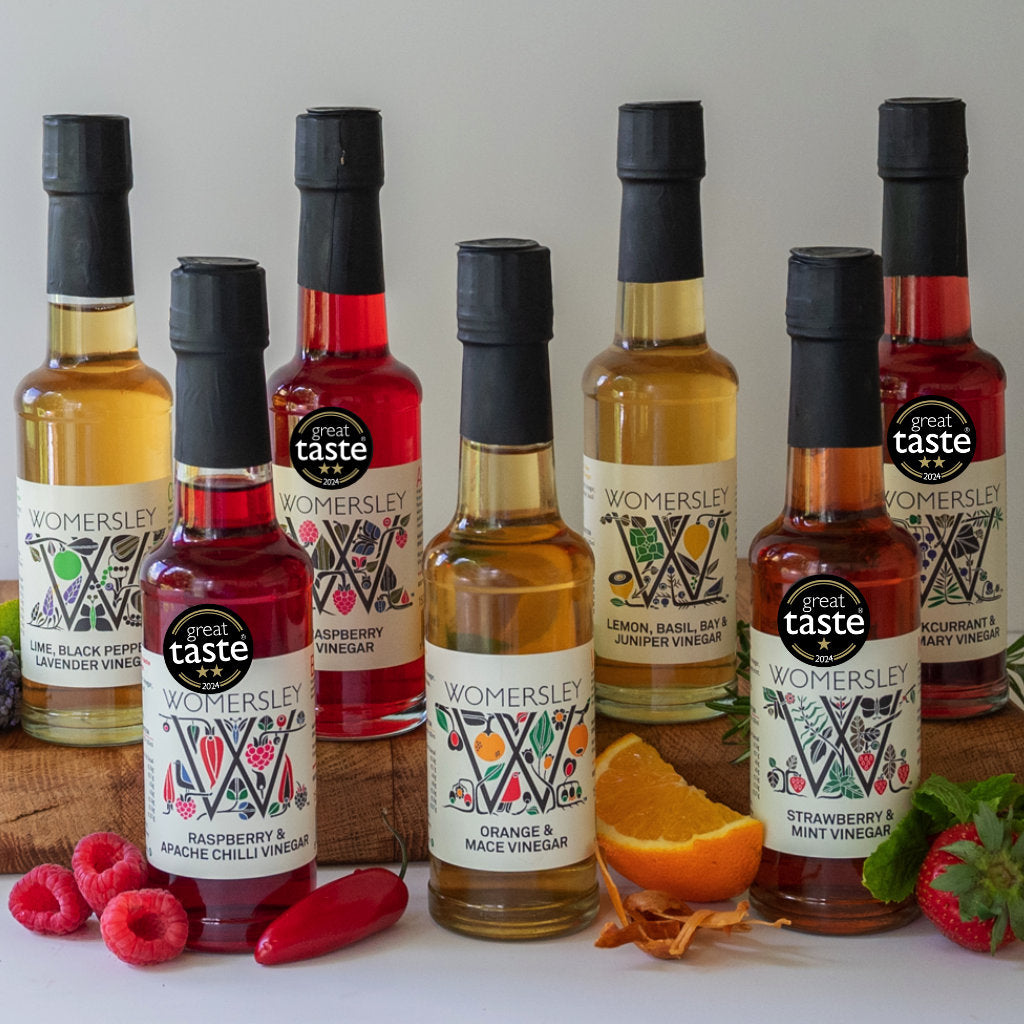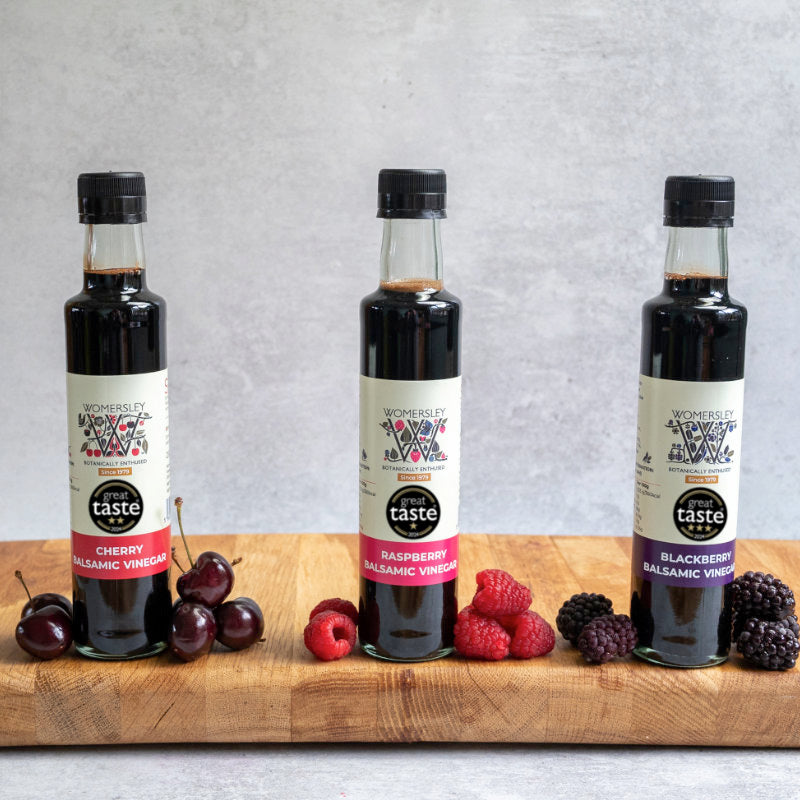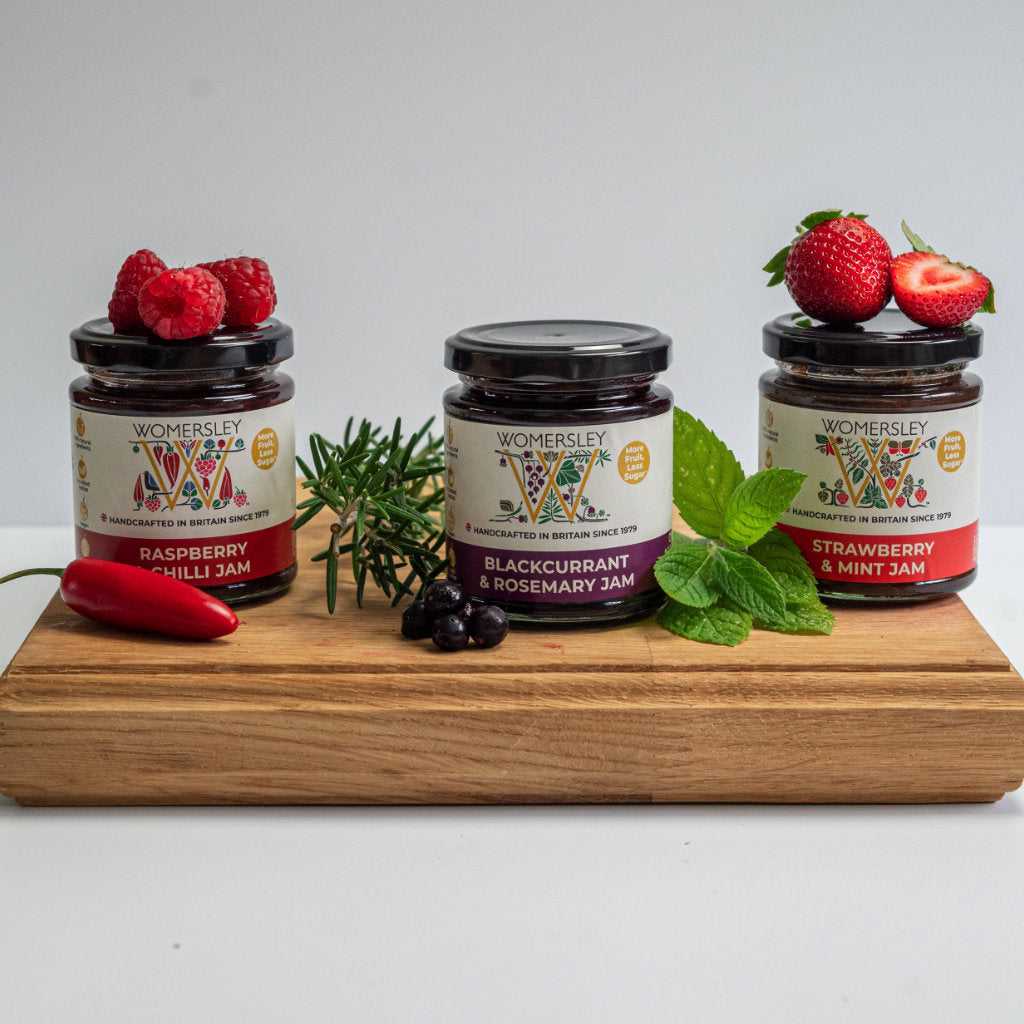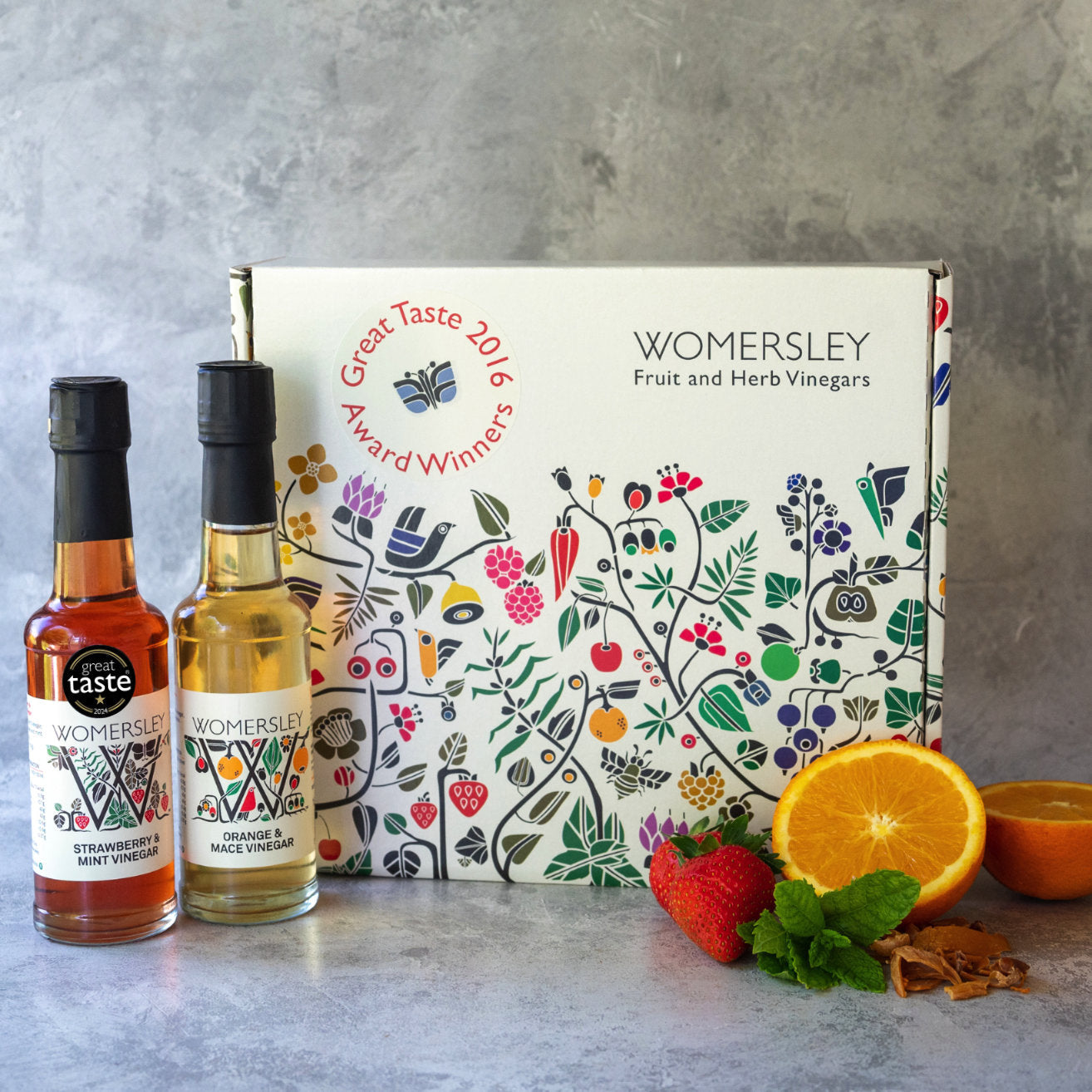A Short History of Vinegar

Where does vinegar come from?
The truly excellent book, "The Vinegar Cupboard" by Guild of Food Writers author, Angela Clutton, is as close to a definitive book on vinegars as you will ever find. It is well worth a read as there is a lot of fascinating detail in there as well as lots of intriguing and varied recipes. Here, though, are a few notes on vinegar...
Vinegar is as old as civilization itself: traces of it have been found in Egyptian urns from around 3000 B.C., and Babylonian scrolls recording the use of vinegar date even earlier, to around 5000 B.C. Known as “poor man’s wine” (posca) in ancient times, vinegar was often carried by Roman legionnaires; the Bible notes that Roman soldiers offered vinegar to Christ at the Crucifixion.
Vinegar is a sour liquid which is produced from the fermentation of diluted alcohol products. This yields the organic compound acetic acid, its key ingredient. Used in many cultures as a condiment and preservative, vinegar can be made from a variety of liquids, including malted barley, rice, and cider; however, as its name suggests, it was probably first made from wine. The word vinegar derives from the Old French vinaigre, meaning "sour wine."
Vinegar is derived from a sugar-containing source in a two-step process. The first stage is fermentation, in which the sugars are broken down in the absence of oxygen by yeast to produce alcohol and carbon dioxide. In the second stage, the addition of oxygen enables bacteria to produce amino acid, water, and other compounds. Thus, the British alternative to malt vinegar, called non-brewed condiment, does not qualify as vinegar because its acetic acid component is obtained directly by distilling wood chips, bypassing the first, ethanol-producing stage.
Over the centuries and around the world, a wide variety of vinegars has been created, with their own colours and flavours. These are used for culinary (pickling processes, vinaigrettes, salad dressing, condiments), medicinal, agricultural, horticultural, and cleaning purposes.
Though commercial production of vinegar continues to involve the natural action of bacteria, industrial methods accelerate the process, primarily through mechanisms that increase the bacteria's supply of oxygen (necessary for the conversion of ethanol into acetic acid). High-quality vinegars, such as the balsamic vinegars prepared in Modena, Italy, continue to be produced via a slow process of fermentation, typically aging for years in wood barrels.
Today, vinegar remains an important element in European, Asian, and other traditional cuisines of the world; it is often used in pickling and in the creation of marinades, dressings, and other sauces. It also functions as a folk remedy and as a natural household cleaning product and herbicide.
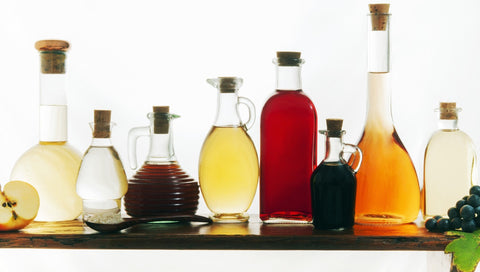
Commercial production
Acetic acid is produced both synthetically and by bacterial fermentation. Today, the biological route accounts for only about ten percent of world production, but it remains important for vinegar production, as many of the world food purity laws stipulate that vinegar used in foods must be of biological origin.
For most of human history, acetic acid has been made from fermented liquids by acetic acid bacteria of the genus acetobacter. However, their function was not understood until Louis Pasteur discussed the microbiological basis of vinegar in his 1858 work Etudes sur le Vinaigre.

Given sufficient oxygen, acetobacter can produce vinegar from a variety of alcoholic foodstuffs. Commonly used feeds include apple cider, wine, and fermented grain, malt, rice, or potato mashes.A dilute alcohol solution inoculated with acetobacter and kept in a warm, airy place will become vinegar over the course of a few months. Industrial vinegar-making methods accelerate this process by improving the supply of oxygen to the bacteria.
The first batches of vinegar produced by fermentation probably resulted from errors in the winemaking process. If must (the juice of freshly pressed grapes, that contains various quantities of pulp, skins, stems, and seeds) is fermented at an overly high temperature, acetobacter will overwhelm the yeast naturally occurring on the grapes. As the demand for vinegar for culinary, medical, and sanitary purposes increased, vintners quickly learned to use other organic materials to produce vinegar in the hot summer months before the grapes were ripe and ready for processing into wine.
Most vinegar today is made in submerged tank culture, first described in 1949 by Otto Hromatka and Heinrich Ebner. In this method, alcohol is fermented to vinegar in a continuously stirred tank, and oxygen is supplied by bubbling air through the solution. Using this method, vinegar of 15 percent acetic acid can be prepared in only 2–3 days.
The longer fermentation period allows for the accumulation of a nontoxic slime known as the mother of vinegar, a mixture of acetic acid bacteria and soluble cellulose (in industrial fermentation, a man-made mother of vinegar called Acetozym is added as a nutrient). As with wine, the aging process also generates a complexity and depth of flavor lacking in newly-brewed vinegar, which tends to be sharp and harsh in taste.Vinegar can be made from any sugar-containing source that has been converted into alcohol. Each variety of vinegar has a distinctive colour and flavor, depending on the material from which it was produced.
Culinary uses
Vinegar is commonly used in food preparation, particularly in pickling processes, vinaigrettes, and other salad dressings. It is an ingredient in condiments, such as mustard, ketchup, and mayonnaise, and an essential component of chutneys, marinades, and other sauces.

Credits
Thank you to the New World Encyclopedia contributors for supplying these words.




